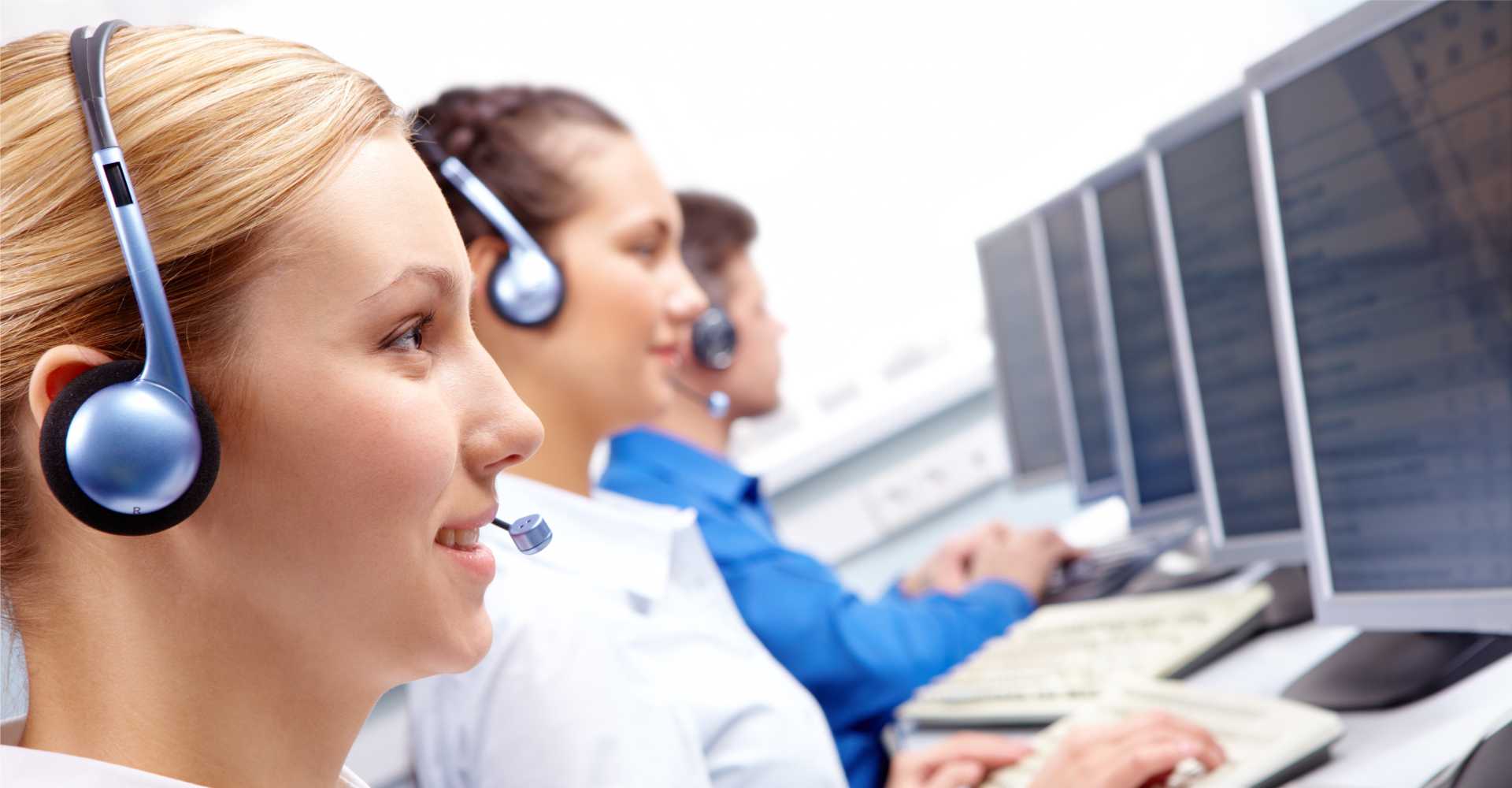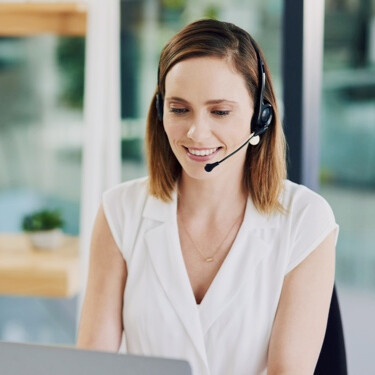All Categories
Featured
Table of Contents
- – What Is The Best What Is An Answering Service? ...
- – What Is The Best Benefits Of Answering Service...
- – Is It Worth Paying For Professional Call Answe...
- – Whats The Best What Is An Answering Service T...
- – Is It Worth Paying For Live Answering Service...
- – Best Automated Answering Service, Better Kno...
What Is The Best What Is An Answering Service? Holder For Car
This device and its followers were developed by Sava Jacobson, an electrical engineer with a private consulting service. While early answering machines utilized magnetic tape technology, the majority of contemporary devices uses solid state memory storage; some gadgets use a mix of both, with a solid-state circuit for the outgoing message and a cassette for the incoming messages.
"toll saving" listed below) (virtual call answering service). This works if the owner is screening calls and does not want to consult with all callers. In any case after going, the calling celebration ought to be notified about the call having been answered (in the majority of cases this begins the charging), either by some remark of the operator, or by some greeting message of the TAD, or addressed to non-human callers (e.
This holds especially for the TADs with digitally kept greeting messages or for earlier devices (before the rise of microcassettes) with a special limitless loop tape, separate from a 2nd cassette, dedicated to recording. There have been answer-only gadgets without any recording abilities, where the greeting message had to inform callers of a state of present unattainability, or e (business call answering service).
What Is The Best Benefits Of Answering Service - Professional Services Deal Right Now

about availability hours. In tape-recording Littles the welcoming usually contains an invitation to leave a message "after the beep". An answering device that utilizes a microcassette to tape-record messages On a dual-cassette answerphone, there is an outbound cassette, which after the defined number of rings plays a pre-recorded message to the caller.

Single-cassette voice mail include the outgoing message at the start of the tape and incoming messages on the staying area. They first play the statement, then fast-forward to the next readily available area for recording, then tape-record the caller's message. If there are lots of previous messages, fast-forwarding through them can cause a significant delay.
This beep is typically referred to in the welcoming message, requesting that the caller leave a message "after the beep". TADs with digital storage for the tape-recorded messages do disappoint this delay, obviously. A little might offer a push-button control center, where the answerphone owner can ring the home number and, by getting in a code on the remote telephone's keypad, can listen to tape-recorded messages, or erase them, even when away from home.
Is It Worth Paying For Professional Call Answering Services: Everything You ...?

Consequently the maker increases the variety of rings after which it addresses the call (generally by 2, leading to four rings), if no unread messages are currently kept, however answers after the set variety of rings (normally two) if there are unread messages. This allows the owner to find out whether there are messages waiting; if there are none, the owner can hang up the phone on the, e.
Some machines likewise permit themselves to be from another location activated, if they have been turned off, by calling and letting the phone ring a particular a great deal of times (generally 10-15). Some company desert calls already after a smaller sized variety of rings, making remote activation impossible. In the early days of Little bits an unique transmitter for DTMF tones (dual-tone multi-frequency signalling) was regionally required for remote control, because the formerly utilized pulse dialling is not apt to convey appropriate signalling along an active connection, and the dual-tone multi-frequency signalling was implemented step-by-step.
Any incoming call is not identifiable with regard to these properties in advance of going "off hook" by the terminal equipment. So after going off hook the calls should be changed to proper devices and only the voice-type is immediately available to a human, however perhaps, however must be routed to a TAD (e.
Whats The Best What Is An Answering Service To Buy
What if I told you that you do not have to actually select up your device when answering a customer call? Somebody else will. So convenient, ideal? Responding to call does not require somebody to be on the other end of the line. Effective automated phone systems can do the trick just as effectively as a live representative and in some cases even much better.
An automatic answering service or interactive voice response system is a phone system that communicates with callers without a live person on the line - professional phone answering service. When companies use this innovation, clients can get the response to a concern about your service just by using interactions set up on a pre-programmed call flow.
Although live operators upgrade the consumer service experience, lots of calls do not need human interaction. A basic taped message or guidelines on how a customer can recover a piece of information usually solves a caller's instant requirement - answer phone service. Automated answering services are a basic and effective method to direct inbound calls to the best person.
Is It Worth Paying For Live Answering Services - Australia?
Notification that when you call a company, either for assistance or item query, the very first thing you will hear is a pre-recorded voice welcoming and a series of options like press 1 for client service, press 2 for questions, and so on. The pre-recorded options branch out to other choices depending on the client's selection.
The phone tree system helps direct callers to the best person or department utilizing the keypad on a smart phone. In some instances, callers can utilize their voices. It's worth noting that auto-attendant alternatives aren't limited to the ten numbers on a phone's keypad. When the caller has actually selected their first choice, you can create a multi-level auto-attendant that uses sub-menus to direct the caller to the ideal kind of help.
The caller does not need to interact with a person if the auto-attendant phone system can handle their issue. The automated service can route callers to an employee if they reach a "dead end" and require help from a live agent. It is costly to hire an operator or executive assistant.
Best Automated Answering Service, Better Known As Interactive ...
Automated answering services, on the other hand, are considerably less costly and provide substantial cost savings at an average of $200-$420/month. Even if you don't have committed personnel to manage call routing and management, an automatic answering service enhances productivity by allowing your team to concentrate on their strengths so they can more efficiently invest their time on the phone.
A sales lead routed to customer care is a lost shot. If a consumer who has product concerns reaches the incorrect department or receives insufficient answers from well-meaning workers who are less trained to handle a particular type of question, it can be a reason for frustration and discontentment. An automatic answering system can reduce the number of misrouted calls, therefore helping your workers make better use of their phone time while releasing up time in their calendar for other tasks.
With Automated Answering Systems, you can develop a customized experience for both your staff and your callers. Make a recording of your main greeting, and just update it routinely to show what is going on in your organization. You can develop as many departments or menu alternatives as you want.
Table of Contents
- – What Is The Best What Is An Answering Service? ...
- – What Is The Best Benefits Of Answering Service...
- – Is It Worth Paying For Professional Call Answe...
- – Whats The Best What Is An Answering Service T...
- – Is It Worth Paying For Live Answering Service...
- – Best Automated Answering Service, Better Kno...
Latest Posts
Affordable Virtual Phone Answering
Budget-Friendly Virtual Phone Answering Near Me ( NSW)
Value Medical Answering Service – Adelaide
More
Latest Posts
Affordable Virtual Phone Answering
Budget-Friendly Virtual Phone Answering Near Me ( NSW)
Value Medical Answering Service – Adelaide